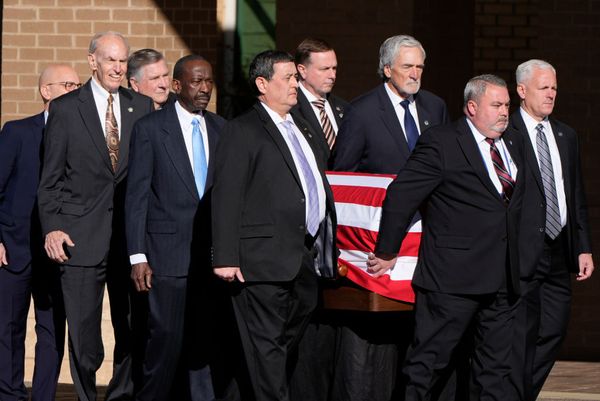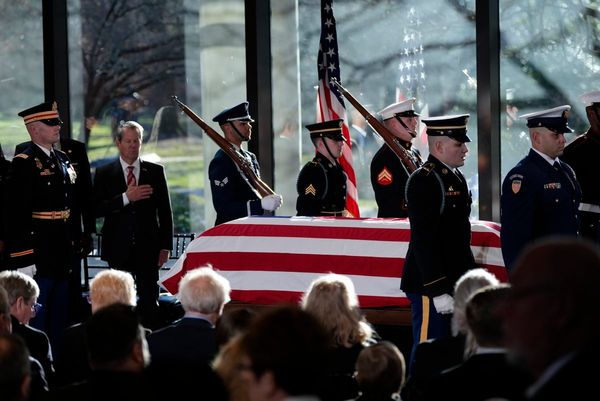The greatest comeback in NFL history was supposed to be a referendum. This was supposed to be the clubbing the Vikings received from an inferior opponent in a prime-time slot that convinced the world that they were as mediocre as we’ve believed them to be for the better part of 15 weeks. Most biomarkers of team health suggest they have an over-inflated record. They almost certainly do.
But on Saturday, they showed the kind of requisite fortitude that can transcend a season in which more has gone right for them than not. On Saturday, they faced a 33-point second-half deficit, they had two touchdowns peeled off the board due to gross officiating incompetence and still managed to absolutely pummel a jarringly conservative Colts team throughout an electric second half and overtime period.
In this particular situation, I don’t think we should care that Jeff Saturday was patrolling the opposite sideline. Yes, the television analyst-turned-head coach, who was suspiciously installed by the Colts’ CEO a few weeks ago, is still a black mark on the profession and a symbol of the collective cynicism of every NFL coaching underling hoping to climb the ladder the traditional way. But he has also shown a baseline level of competence in allowing his more experienced offensive and defensive coordinators to deliver a game plan into the headsets of their green dot wearers.
In short: The Vikings still faced a professional NFL team down 33 with half the game left to play and won. It still would have been cool if the Vikings were playing San Diego State. Since the 1930 NFL season, teams leading by 30 or more points were 1,548-1-1 (and in 1930, how can we be sure that one comeback didn’t include a team employing some kind of horse-mounted, rifle-wielding cowboy?). In the Super Bowl era, teams were 0–132 when trailing by at least 30 points. It still would have been noteworthy if the Vikings were playing the Orlando Guardians. This is amazing, season-altering, franchise-energizing, belief-instilling, snow-melting, spirit-lifting stuff. We’ll roast Saturday’s timeout usage and play call strategy approval at another time, likely at an end-of-season press conference somewhere when Jim Irsay tries to talk us into 17 more games of this.
It’s hard to love this Vikings team, not only from the perspective of a cold-hearted analyst but a mammoth-hearted fan. They have wilted in big spots this year, blowing high profile games to the Cowboys and Eagles that could have buttressed any confidence we had in Kevin O’Connell actually turning this thing around and not simply being the emotional antithesis of Mike Zimmer, which, after a long time at the helm, is enough emotional fuel to propel a team to a few more wins that would have been losses a year ago.
But their defense is still porous. Their running game is still maddeningly inconsistent. They are still one (God forbid) Justin Jefferson ankle tweak away from being the 2022 Los Angeles Rams.
That’s why Saturday’s win was so important. It doesn’t negate the previous 30 minutes of blocked punts and pick sixes.
But how could it not change some of the psychological data of this club? An NFL season is a series of moments that, when stitched together, create a story quilt of luck, resilience and some kind of astronomically improbable moments where a team outperformed their collective selves in a comically small period of time. The Vikings just decided to go bigger. To do it a little more theatrically.
We are still well within our rights to not trust this team. The same pieces of information that nearly turned Saturday’s game into a referendum are still with us now. That will just matter a great deal less to the Vikings who, at this moment, have to believe they can do anything.







